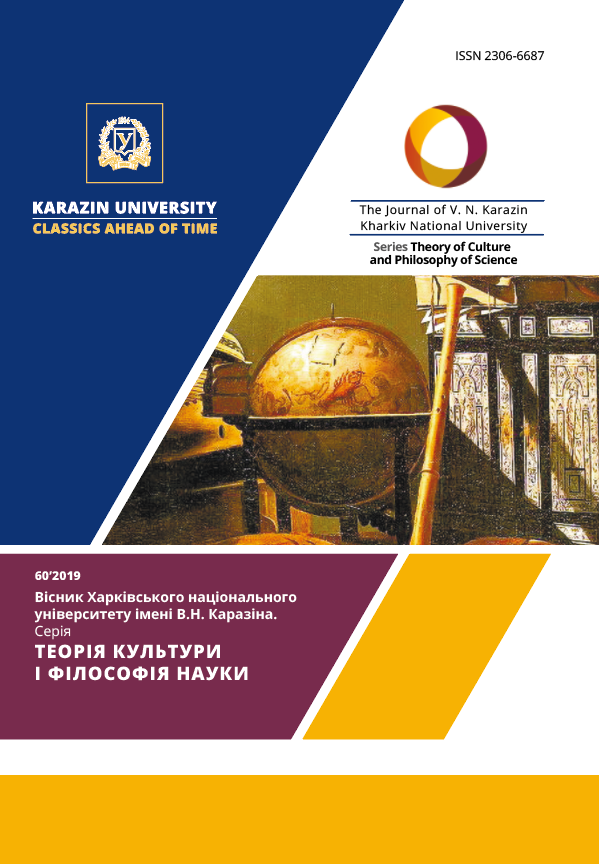Philosophy of neuroaesthetics in musical art
Abstract
The article discusses the mechanisms of analysis and evaluation of musical works in relation to neuroscience. A projection of some developments of neuroaesthetics from visual forms of art to music as an audio system is proposed. In particular, the article checks whether the universal laws of perception proposed by the doctor of neuroaesthetics V. Ramachandran are applicable to music. The purpose of the article is to explain how the universal laws, according to which the brain works, correlate with the art of music.
Neuroaestetics as a young and, at the same time, sufficiently developed science gives us a new unique opportunity to understand the structure and functions of the “I” not only from the outside, observing behavior, but also studying the inner workings of the brain. For musical art, in which many processes take place in the subconscious, contact with the developments of neuroaesthetics and further research in the field of this science seems quite promising.
The perception of music, its understanding, performance, and composition are represented not only by creative actions with varying degrees of talent, but also are a complex set of neurophysiological processes in the human brain.
Dr. Ramachandran was primarily engaged in the study of the perception of objects of fine art. However, his “laws” work well in other forms of art, in music in particular. So, at the intuitive unconscious level, preference is given to the symmetric form of the work, repetitive predicted rhythm, logical harmony. When listening to a piece of music, pleasure is experienced in the process of the action itself, while in places where forms are completed, pleasure is enhanced by embracing and understanding the principles of the form itself. The evolutionary human brain is set up to search for the whole, to pick up this whole from the scattered elements. Getting a sense of pleasure in solving such problems is a kind of reward for the work done. Therefore, the value of the whole exceeds the value of the sum of its individual parts.
At the level of biological structures, all people are similar. Their uniqueness and individuality is formed mostly in the field of psychological processes. Therefore, regarding the universal principles of aesthetic perception, it can be argued that laws are given by nature, and specific content is acquired in the process of training and education.
Downloads
References
Пинкер С. Как работает мозг / Стивен Пинкер. – [Пер. с англ. О. Ю. Семиной]. – М.: Кучково поле, 2017. – 672 с.
Рамачандран В. Мозг рассказывает. Что делает нас людьми / Вилейанур Рамачандран. – [Пер. с англ. Елены Чапель под науч. ред. канд. псих. наук Каринэ Шипковой]. – М.: Карьера Пресс, 2016. – 422 с.
Сакс О. Музыкофилия / Оливер Сакс. – [Пер. с англ. А. Н. Анваера]. – Москва: Издательство АСТ, 2017. – 448 с.
Levitin Daniel J. This is your brain on music : the science of a human obsession / Daniel J. Levitin. – New York: Penguin Group (USA) Inc, 2006. – 314 p.
Mallik A., Chanda M. L., Levitin D. Anhedonia to music and mu-opioids: Evidence from the administration of naltrexone / Adiel Mallik, Mona Lisa Chanda, Daniel J. Levitin // Scientific reports, february 2017. – https://www.nature.com/articles/srep41952




